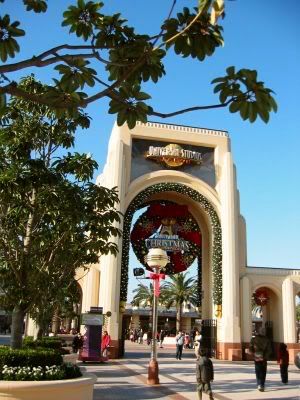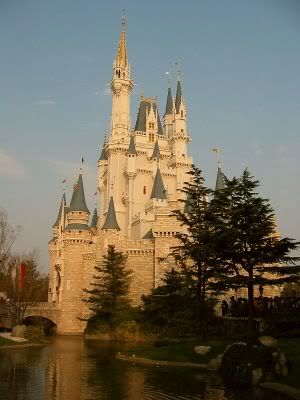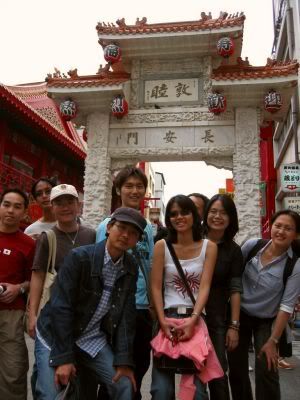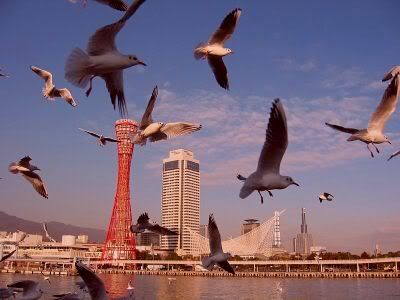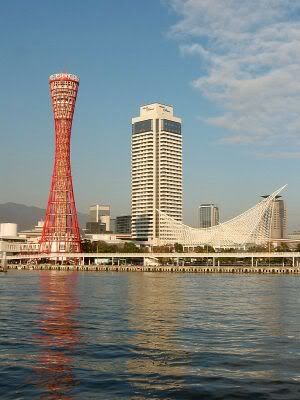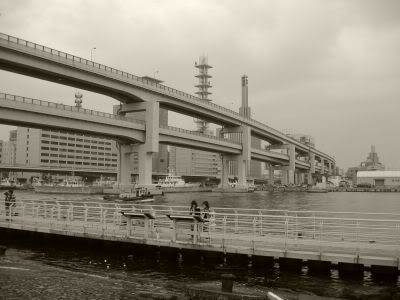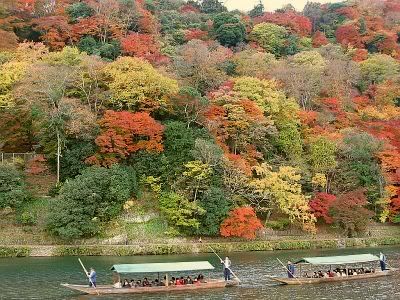Japan's first real capital, Nara, is the number-two tourist atttaction in Kansai after Kyoto, with eight UNESCO World Heritage Sites. Not to be missed -Todai-ji Temple, I probably been there 10 times.
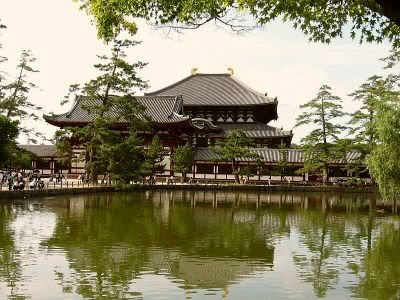
Todai-ji (literally means Great Eastern Temple) is one of Japan's most famous and historically significant temples and a landmark of Nara. Todai-ji was constructed in 752 as the head temple of all provincial Buddhist temples of Japan and grew so powerful that the capital was moved from Nara to Kyoto in 784 in order to lower its influence on government affairs.

The temple surrounding is home to hundreds of freely roaming deer. These deers are not harmed or driven out of the area because they are considered to be divine messengers. Knowing they're protected, the deer are self-assertive and may even try to eat your purse.

In Japan before entering a temple or calling upon any deities, we wash our hands and face and even rinses out our mouth with water - an act of purification.
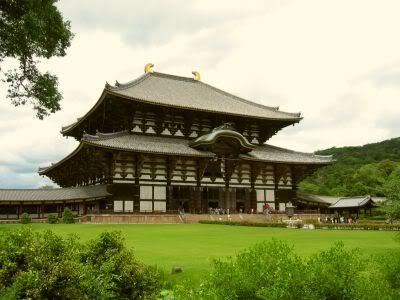
Not only is Todai-ji housing Japan's largest Buddha statue (Daibutsu) - Buddha Vairocana, but it is also the world's largest wooden building, even though the reconstruction during 1692 is only two thirds of the original size.

Vairocana - the name means 'he who is like the sun' or 'the radiating one', is also called the Supreme Buddha, one of the five Great Buddhas.

There is a wooden column with a hole through its base. Popular belief maintains that those who can squeeze through the hole, which is exactly the same size as one of the Great Buddha's nostrils, are ensured of enlightenment. It is fun to watch the kids wiggle through nimbly and not to mention a few adults became firmly wedged inside the column.

Picture of a statue in the Great Buddha Hall.

Kofuku-ji Temple has a five-story wooden pagoda, first built in 725 by the Empress Komyoh and reconstructed in 1426. At 50 meters, it is the second highest pagoda in Japan.

Nigatsudo Hall, founded in 752, is noted for its raised veranda supported by pillars and the fantastic view it offers of Nara city. Omizutori, officially called the Shuni-e, is a water-drawing ritual held from late February through mid-March at the Nigatsudou Hall.

Oh deer ! Nara's deer have become a symbol of the city and have even been designated a National Treasure.

Yakushi-ji Temple was constructed by Emperor Temmu in the late 7th century for the recovery of the emperor's sick wife, Empress Jito. It was dedicated to Yakushi, the Healing Buddha. But...
In a strange twist of fate, the Emperor died, and the temple was finished by the Empress.

The oldest wooden buildings on earth are at Horyu-ji Temple. Horyuji's history begins in 587 AD, when the ailing Emperor Yomei ordered the construction of a Buddhist temple, probably to cure his illness. Unfortunately, Yomei died shortly after his directive, but his heir Empress Suiko and her regent, Prince Shotoku, kept the project alive, completing it in 607.

Picture of Horyu-ji Daikoudo (The Great Lecture Hall).
"Happy is he who has lofty and noble aspirations. Happy is he who enriches the lives of others. Happy is he who allows others to live in peace. Happy is he who makes this world a better place to live in. Happy is he whose work, chores and daily tasks are labours of love. Happy is he who loves love." -- Ven K. Sri Dhammananda
